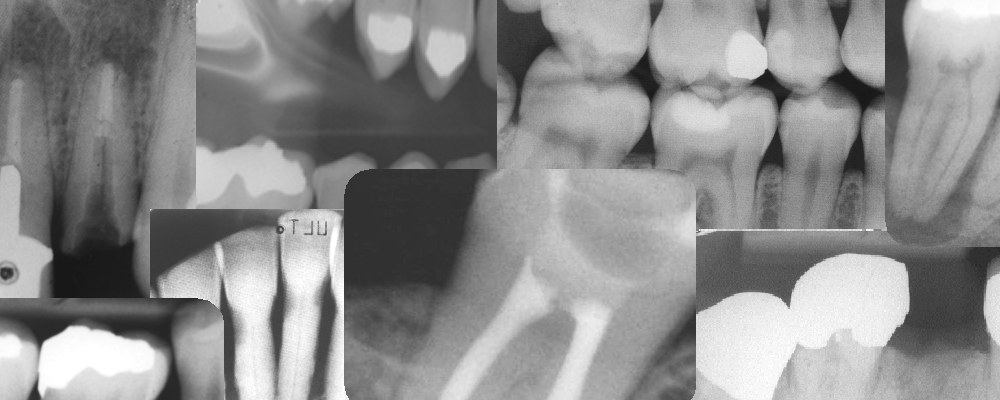No more 123 what can you see

Radiograph grading has changed from 1 2 3 to Acceptable / Not Acceptable
Finally a sensible way of grading radiograph quality has arrived. It is fast and effective, and makes long-term quality monitoring easy. Back in the 1990’s a series of scandals (like the Harold Shipman murders) hit the National Health Service, and a new system of monitoring healthcare professionals’ performance was introduced – called Clinical Governance.
CG was not just about doing your job well. It also demanded that you had the paperwork to prove to others that you did it well.
A book called SAMS (Self Assessment Manual and Standards) was introduced in the early 90’s to the dental world, and it recommended that radiographs be given grades A B C D, in decreasing order of quality.
This system was pretty clunky, and it got replaced with the 1 2 3 system, again in decreasing order of quality, with arbitrary targets about how many of each quality one should produce. With the 1 2 3 system, 2 got chosen a lot!
A new and workable system is now with us. Introduced in 2020, you just have to decide if a radiograph is diagnostically acceptable (A) or not acceptable (N).
The UKSHA suggests, as a target, that at least 95% of digital images should be acceptable, and 90% of conventional films.
Every six months (or less if there are suspicions that quality targets are not met) there should be a formal analysis of the grades given, to ensure they exceed the minimum quality assurance requirements.
This new guidance is welcomed. It makes much better sense than 1 2 3, and because it makes sense it is easier to remember and put into practice.
This and much more is covered in detail in our Enhanced CPD courses in IRMER radiography and radiation protection. GDC Highly Recommended and suitable for all members of the dental team - sign up today!
Text source: Verified Learning
Photo source:Verified Learning
